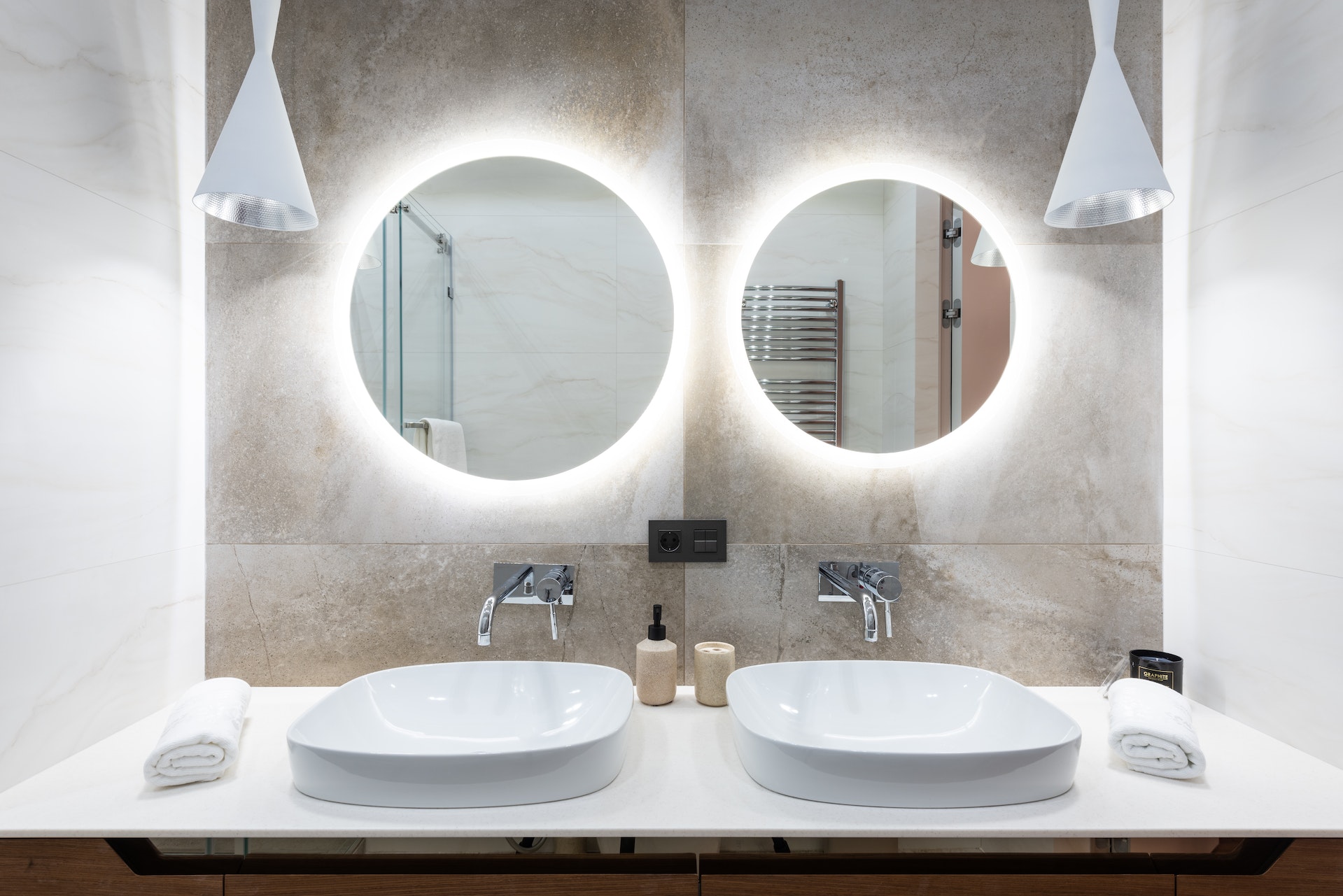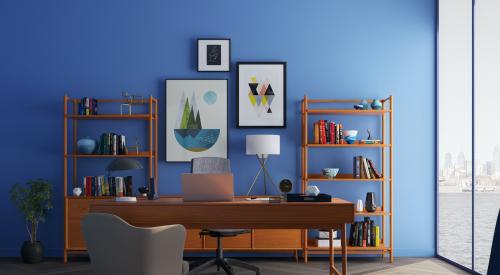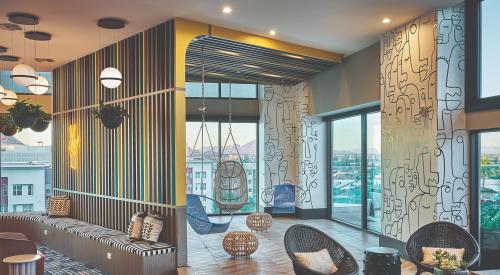Did you know that lighting affects the way we perceive food, ourselves, and can even affect our taste buds? The right lighting has the power to transform a dingy home office into a serotonin sanctuary (slight exaggeration).
These psychological effects are exactly what Mary Cook Associates (MCA) explores in its latest white paper, titled Step Into The Light: How Light And Lighting Enhance Design, Improve Well-being And Drive Productivity At Home. MCA asks, what role does light play in interior design? What are the biological consequences of improper lighting, especially in the age of work-from-home? More importantly, what steps can be taken to ensure a home feels as comfortable as possible for its inhabitants?
Here are four takeaways on the best use of lighting that every residential and multifamily builder should keep in mind.
STEP INTO THE LIGHT WITH ENHANCED DESIGN
1. Balance
Curating a balance between natural and artificial light can enhance positive perceptions and feelings in a well-designed space. Natural light may suffice during the day, but what about when the sun goes down?
The designers at Mary Cook Associates suggest considering the function of the room. Workspaces and kitchens benefit greatly from natural daylight, while bathrooms can make do with well-designed artificial light.
With an endless array of lamp designs and lightbulb colors, you don't have to sacrifice aesthetics for the sake of balance.
2. Well-being
Light has a role in health and well-being. Excessive artificial light—particularly from devices—can lead to chronic misalignment of circadian rhythms that affect sleep. Having the right (and wrong) kind of illumination can affect hormones that govern happiness and stress.
Blue light emitted from our devices has the potential to cause vision problems and eye strain—as many as 59% of adults experience symptoms of the latter. Though blue light exposure from screens is small compared to the amount of exposure from the sun, it still affects our sleep patterns, alertness, and mood, according to Melissa Barnett, principal optometrist at the UC Davis Eye Center.
Some research even suggests that lighting intensity can affect decision-making. Dimmer lights may lead to more rational decisions, while bright lights heighten emotions, according to the study.
3. Productivity
Lighting has the power to improve productivity and decision-making, which has taken on increased importance due to the growing popularity of home offices and multifamily coworking amenities.
Research from the New Home Trends Institute finds that remote workers enjoy utilizing outdoor areas during the workday. Given the value of being surrounded in nature, soaking up natural light is an added benefit. Conversely, people who are not exposed to adequate natural light are more likely to see a drop in their mood—and, likely, productivity.
4. Versatility
Different lighting techniques and technology can bring versatility to spaces that need to perform differently at different times of day and year—especially in today’s work-from-anywhere world. MCA compares lighting to the way people use coffee to inspire deep thinking, debate, and work, or liquor to inspire fun, socialization, and games.
For example, Mary Cook Associates generally recommends full-spectrum light for health care and learning environments, cooler white light for daytime work or office settings, and warmer white light for residential spaces to inspire relaxation and calm at night.
“Step Into The Light” is the fifth in a series of white papers from MCA which share insights on the firm’s proprietary seven fundamentals of interior design methodology and identifying opportunities for builders and developers to respond to the shifting paradigm of home with thoughtful designs and innovative spaces.
For more insights, check out the key takeaways from MCA’s previous white paper, Can Good Design Be Good For Your Health? where we highlight four interior design considerations for promoting well-being.
To download the report or read more about how Mary Cook Associates uses psychographics, an understanding of target markets, and insights into shifting lifestyle needs, check out the full white paper on Mary Cook’s website.















